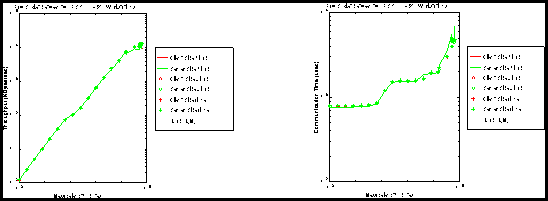
FIBRE CHANNEL PERFORMANCES WITH IBM EQUIPMENT
As before, we performed this test when using two, four or six workstations (two workstations for measuring performances without any interference due to other connections, but with the fabric in-between). For the test including the loading, either one or two couples of workstations were devoted to the load of the fabric: we tested the same two kinds of load as described in paragraph IV-A-2, both implemented with TCP/IP communications. Let us just briefly recall the tenet of the loads. In the first test, either one or two couples of workstations were exchanging in uni-directional way large messages (1 Mbytes) using large socket buffer sizes (1 Mbytes). In the second test (done with only four workstations, due to technical problems), the load was consisting in transmitting small messages (64 bytes) using small socket buffer sizes (1 Kbytes).
First type of load (large messages)
Performances issued from the load processes were constantly checked during the test and no drop has been noted. That is the reason why they are not represented.
Figures 17 and 18 display the performances (throughput, overhead and CPU utilization) versus the message length, according to the number of loads.

Figure 17: (left) Throughput, (right) Overhead.
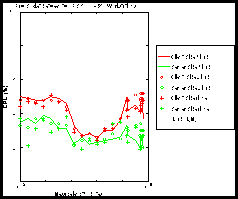
Figure 18: CPU.
Hereinafter is the summary of the critical performances that have been measured without any load:
As seen before in paragraph IV-A, the load, when it consists in sending large messages, does not degrade the performance on other communications, as long as these communications are made of large message exchanges. When they are made of small message exchanges, a small degradation (few percents) has been reported. As this degradation is weak, it is difficult to be sure that this is not resulting of experiment fluctuations.
Second type of load (small messages)
Figures 19 and 20 display the performances (throughput, overhead and CPU utilization) versus the message length, according to the number of loads.
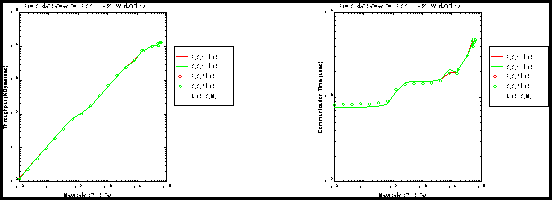
Figure 19: (left) Throughput, (right) Overhead.
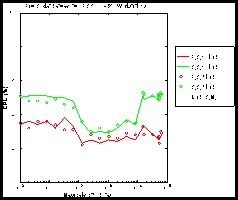
Figure 20: CPU.
When the load is made of the transmission of small messages, we pointed out a degradation on all communication performances of around 5-10 percent.
Figure 21 displays the degradation that has been reported on the load communications versus the duration of the test, when the Raw Socket test was performed in parallel.
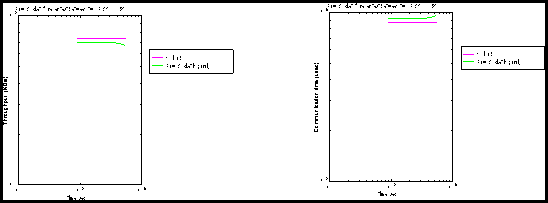
Figure 21: (left) Throughput, (right) Overhead.
Influence of the number of packets received before acknowledged
When using the Raw Socket protocol, it is up to the user to check the good delivery of packets during a transmission. Figures 22 and 23 show the performance versus the message length, according to the number of packets received before acknowledged (1, 8, 16, 24, 32).
Let us just recall that all the tests previously reported with Raw Socket protocol have been performed with one acknowledgment every 16 packets.
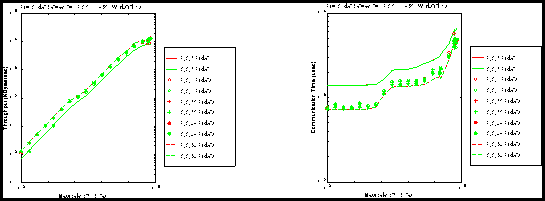
Figure 22: (left) Throughput, (right) Overhead.

Figure 23: (left) CPU on the sender side, (right) CPU on the receiver side.
Generated with CERN WebMaker